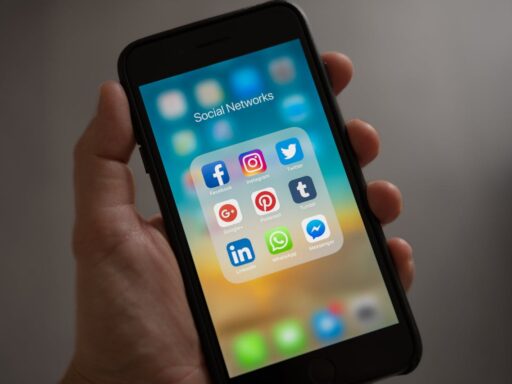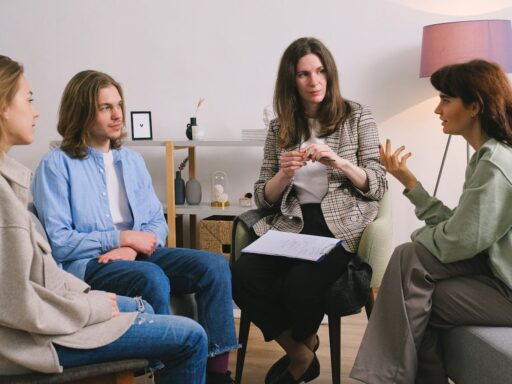The Rise of the Digital Patient Voice
In the age of Instagram reels and Twitter threads, testimonies of medical malpractice are not only things that happen in the court but also information that is spreading like wildfire. Patients together with their relatives can broadcast their stories through social media and thereby educate, as well as demand the accountability of their healthcare systems. The powerful message that is sounded through the stories touches millions of people who listen, making the individual suffering at the center of public discourse.
This fad has led to the making of a new digital environment by the meeting of storytelling and activism. Whether it’s a TikTok video describing the details of a surgery gone wrong or a Reddit post on misdiagnosis, people are back in control of their stories and that too in real-time. Especially the younger age groups, online sharing is not only a way of coping and healing but also a means of empowerment of the individual that triggers public awareness about healthcare negligence.
Medical Malpractice Awareness and Social Influence
It is not only the reach but the influence that is the power of social media. As stories about malpractice become a trend, they expose people to the information about how common, diverse, and severe these cases are. As stated by one legal team, not only are people getting more aware of the signs of medical negligence, but they also know better how to come forward for themselves during the hospital visits and what legal action they can take afterwards. All this activity leads to major conversations about healthcare system issues.
Those who are not people from the health sector but who are social media personalities and digital creators are now becoming leaders in the discussion, a fact that is quite surprising. They use different methods including their social networks to showcase the medical errors issue, to give interviews with the victims, or to work with the attorneys. And as more communities get involved with these stories, the fear of being vocal about the malpractice issue is beginning to reduce.
From Trauma to Advocacy: Patient Empowerment in the Digital Age
A personal story that is widely read or watched is usually advocating for something in most cases. People feeling powerless and unacknowledged can find empowerment by standing together. They create online links with those who have experienced the same pain and thus, this builds a mutual recognition basis. Subsequently, the force from the grassroots kindled by this network becomes the driving force for larger scale actions mainly in healthcare and legal circles.
Furthermore, virtual activism in the medical field has led to information-sharing bases being set up. Here, patients educate each other about the law, access legal aid and emotional support, etc. These actions are not only supportive but they also serve as a push-back against the traditional culture of silence inherent in cases of malpractice.
The Psychology of Sharing: Emotional Impact and Digital Catharsis
Exposing an extremely private journey on the internet is not only about exposure, in fact, it is mainly meant for healing purposes. Narrating a harrowing medical incident, outlining the series of events, and getting comments or shares fulfills one’s emotional needs profoundly. The public recognition certainly won’t eliminate the suffering, however, it will definitely provide comfort and reduce the feeling of loneliness.
On the other hand, there are psychological threats related to this cyberspace technique of healing, too. Sufferers might recall the incident and be triggered by the stories of others who faced the same problem. Nevertheless, a lot still decide to tell their stories feeling committed to making no one else have to go through the same pain. From there comes the courage of being exposed and at the same time being empowered, where one’s personal story becomes a matter of greater significance.
The Legal Landscape: Risks and Realities of Oversharing
While it is true that sharing on the web can bring in a sense of empowerment, it can still result in more problematic situations for legal cases that are ongoing. The public revelation of some particulars, like a list of physicians, the dates, or the illnesses, can have a negative impact on the court proceedings or the settlements. The clients’ solicitors often ask them not to comment publicly or to say less until the problems with the law are solved. On the other hand, people, due to their strong emotions, will often decide to raise awareness instead of exercising control in the matter.
Furthermore, one must also take into account the fact that defamation and privacy laws play a key role. For example, in cases where accusations are not supported by clear evidence, the party accused of something which the court considers it to be a crime or fault may then file the counter-claims against the accuser. The necessity of understanding the digital world translates to a must for one to be well-versed in digital literacy since it is from here that the solution can be obtained.
Conclusion – The New Face of Medical Accountability
Today, medical malpractice is not an issue that is relegated to the background nor a matter of hidden in inaccessible legal opinions. It has become one of the topics discussed most often by the public, as the influence of digital platforms and the brave ones, who have come forward and shared their tales, have played a significant role in promoting its popularity. It is no longer only the patients who are speaking out, they are rather being the light at the end of the tunnel and participators in such matters that make other patients see the red flags, know their rights, and also rise against the negligence of the clinics.
The upgrade of these discussions has also managed to attract the attention of the institutions. Not only hospitals but insurance companies as well as medical councils have found themselves in a situation where they are forced to comply with the public’s call for more openness, humility, and willingness to change when they make mistakes. The current upsurge of digital activism, which is supported by social media, blogs, and podcasts, is a signal to the healthcare professionals that they need to be responsible not for the courts but for the people who are following the events in real-time from anywhere on the web.
With the courage of individuals who come out with their stories with particular focus, the awareness and strength of the collective effort are grown. A personal tragedy is being turned into a mass movement. In these modern times, where anything can be shared in a split of a second and go viral, the field of patient safety and medical ethics might be drastically and quickly shifted by the patients who can express their dissent towards the unethical conduct and hence, they can achieve that change. The presence of a listening audience will only make this ship sail faster.







